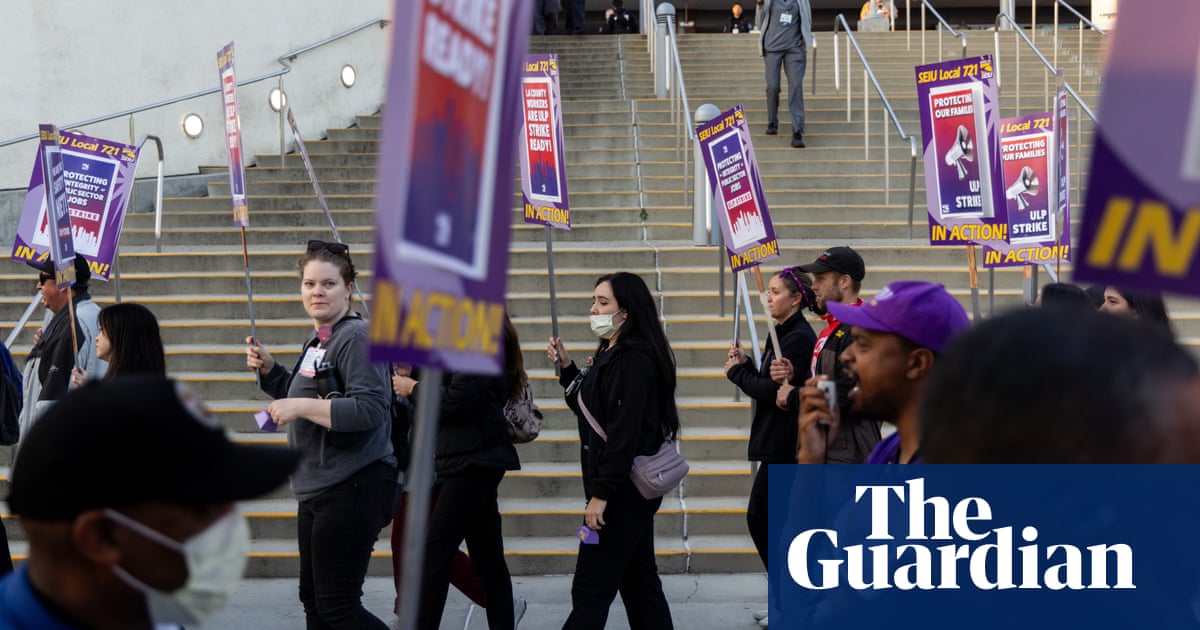I shudder to think who I would have become had I never once been a 13-year-old girl roaming the stacks of a suburban Blockbuster Video. I fell in love with movies mostly because I wanted to impress the older high school boys who worked behind the counter. The nicer ones took time to recommend their favorite films. So I must thank the beautiful, near clone of OC-era Adam Brody who enthusiastically sold me on Sullivan’s Travels, Preston Sturges’s 1941 classic. I’ve seen it so many times that I’ve come to consider it an old friend.
Perhaps unsurprisingly, what initially drew me, a boy-crazy middle schooler, to the film is the sheer hotness of its two leads. Even by our current standards of eerily plump, airbrushed faces and Ozempic-toned bodies, Veronica Lake and Joel McCrea sparkle onscreen together. Her peekaboo curls and low, sultry delivery demand attention, making it impossible to half-watch this film. If anything commands you to put down your phone and stop doomscrolling, it’ll be Lake’s dominant, ahead-of-its-time sensuality, the perfect foil to McCrea’s earnest everyman.
McCrea plays John L Sullivan, a privileged director of Hollywood musicals such as Hey Hey in the Hayloft and Ants in Your Plants of 1939. He’s sick of the fluff and longs to make his passion project, a social drama called O Brother Where Art Thou? (That’s where directors Joel and Ethan Coen, who are huge Sturges fanboys, got the title for their 2000 film.)
But the studio suits want another musical, more escapist fun about “nice, clean young people who fall in love, with laughter and music and legs – with a little sex in it”. People go to the movies to forget about the dirty laundry they have at home or the job they just lost. Plus, the suits ask Sullivan, what does he, a boyish boarding school graduate with a college degree who makes $2,000 a week, know about suffering?
Sullivan feels guilty distracting himself from the endless tumult of the Depression, impending world war and the fact that there are people sleeping in alleyways while he lives in a mansion with a swimming pool. But he’ll admit to never having seen poverty up-close. So, with the eagerness of any present-day MFA grad or doctor’s son turned DSA member, Sullivan decides to immerse himself in how the other half lives.
“I’m gonna find out how it feels to be in trouble, without friends, without credit, without checkbook, without name,” he says, borrowing tramp clothing from his studio’s costume department and hitting the road. Along the way, Sullivan meets the Girl (that’s all Lake’s credited as), a failed actor ready to leave Hollywood behind.
At first, the pair’s hardship tourism resembles a romp, complete with kind strangers and screwball train-hopping. But as the grime builds up and the hunger sets in – and things start to get truly dangerous – Sullivan drops his pretensions. Maybe his comedies aren’t so meaningless. “There’s a lot to be said for making people laugh,” Sullivan says in the film’s final lines. “Did you know that that’s all some people have? It isn’t much, but it’s better than nothing in this cockeyed caravan.”
A little corny, sure, but those words have always comforted me, whether I turn to this escapist classic to distract myself from my latest personal drama, or the unending existential hell that it is to be alive these days. Equal parts saccharine and satire, Sullivan’s Travels both preaches a message of the virtues of comedy while simultaneously setting the concept of virtue on fire.
The phrase “joy is an act of resistance” has already become something of a Trump 2.0 cliche, a similar type of cringe to those pink pussyhats some donned during his first administration. It’s a way for rich liberals to signal performative opposition without actually hitting the streets or demanding change. (As one satirical Reductress headline put it: “‘Joy Is an Act of Resistance!’ Says White Woman Who Engages in No Other Acts of Resistance.”)
And yet, Sullivan’s Travels reminds us there’s something inherently incorruptible about clinging to the scraps of happiness we’re given. Near the end, Sullivan’s wrongly put on a chain gang, where he’s brutally beaten by a sadistic warden. One night, the incarcerated men attend a “motion picture show” held at a Black church. As a Mickey Mouse cartoon starts, the men howl with laughter, slipping out of their despair for a few precious minutes. Nearly 85 years since its release, Sullivan’s Travels remains a radical, relevant film – and one that can kick me out of any funk.
-
Sullivan’s Travels is available to rent digitally in the US and UK

 4 weeks ago
22
4 weeks ago
22













































